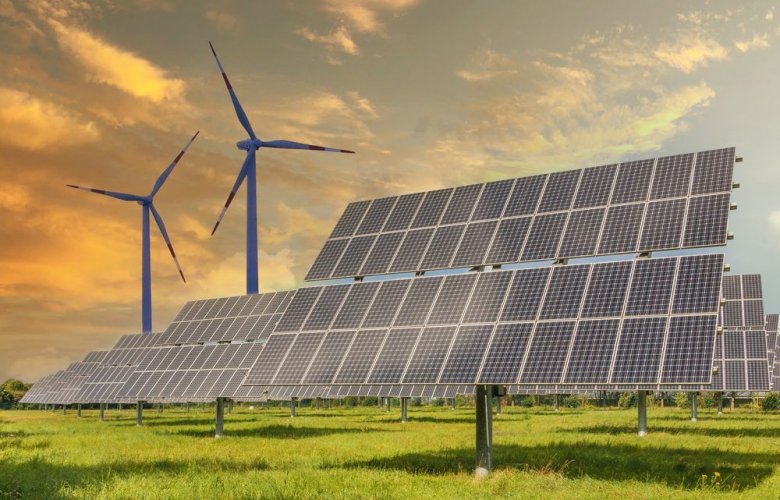Rystad Energy's analysis found that the value of recycled PV materials will be more than $2.7 billion in 2030, up from $170 million currently, and $80 billion by 2050.
It is predicted that by 2040, the waste of solar power plants will amount to about 27 million tons per year, and recycled materials will occupy 6% of solar investments, the Solar Energy Association of Ukraine reports on Facebook.
It was noted in the material that the global expansion of solar energy is gaining momentum and every year new capacity installation records are being broken. However, as soon as the first large plants reach their end of life, the recycling of used materials will become a significant player in the solar industry market.
By 2035, Rystad Energy forecasts that the refining industry will be able to supply 8% of polysilicon, 11% of aluminum, 2% of copper and 21% of silver. This recovery potential will reduce the burden on material extraction and the carbon footprint of solar panels.
"It is expected that the processing industry will become economically viable, due to the obstacles of extraction and transportation of materials, already in the next decade," the material said.
Earlier, EcoPolitic wrote, that researchers from Leiden-Delft-Erasmus University, the Netherlands, say that the focus of the EU's energy transition should be to shift away from fossil fuels to critical metals.
As EcoPolitic previously reported, scientists from Stanford University, USA, have developed a cheap lens for solar panels that is capable of collect up to 90% of light, and increase its brightness by 3 times.





